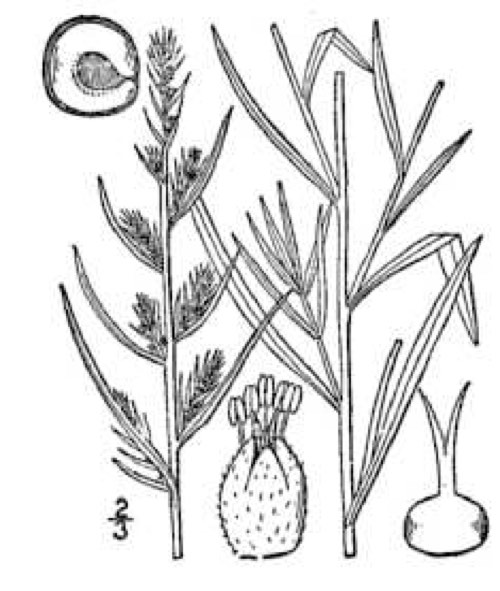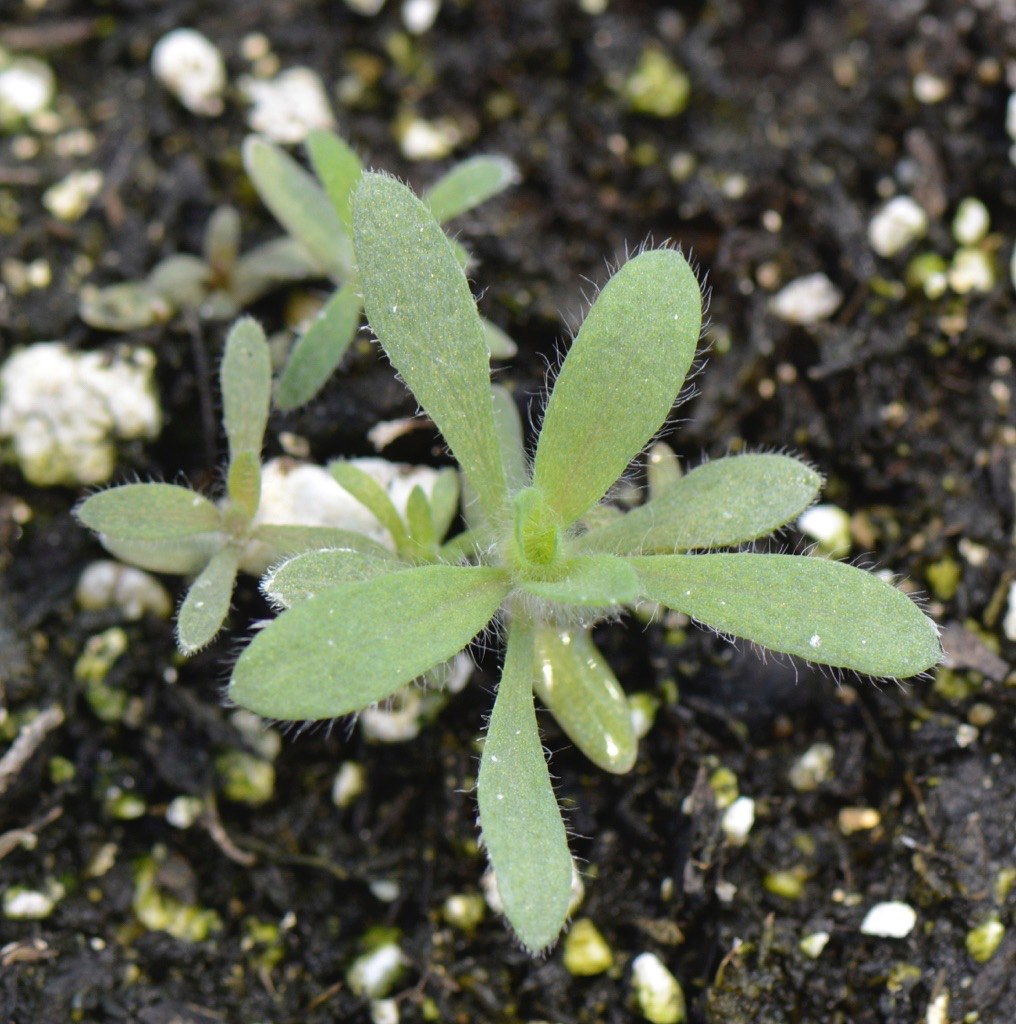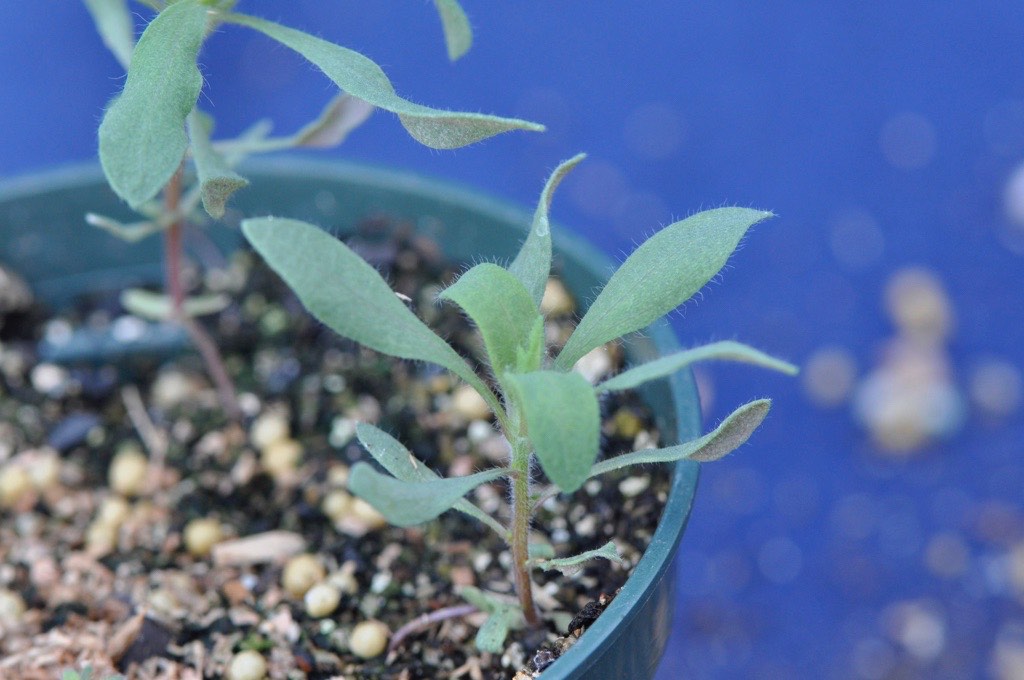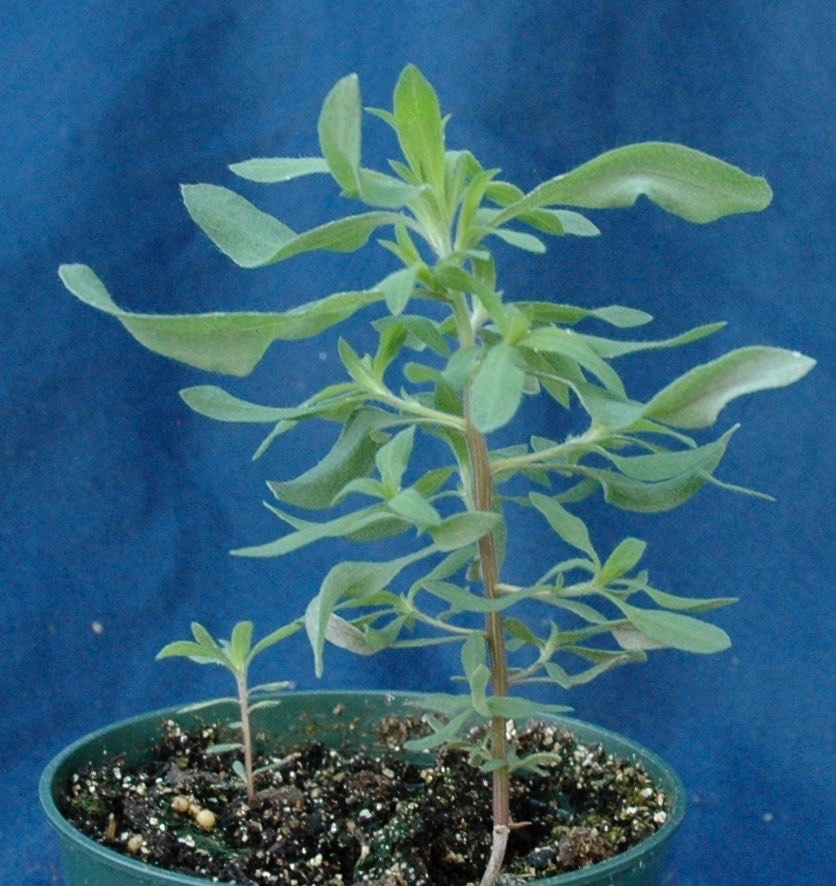Ohio’s Noxious Weeds
Kochia
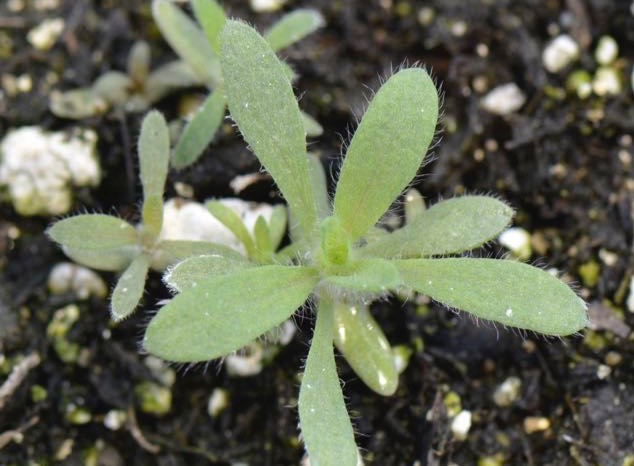 Bassia scoparia, kochia
Bassia scoparia, kochia
Family: Goosefoot, Chenopodiaceae.
Habitat: Agronomic crop fields, pastures, and roadsides.
Life cycle: Summer annual.
Growth habit: Erect with much branching.
Leaves: Occur alternately along the stem. Leaves are linear to lanceolate in outline, ranging from 1 to 2 inches in length, and taper to a point. Leaves do not occur on petioles (sessile) and usually only have hairs along the leaf margins.
Stem: Erect, ranging from 1 to 4 feet in height. Stems are much branched and often have a reddish tint.
Flower: Occur in clusters at the ends of stems (terminal panicles) and also in the position between the leaf bases and stems (leaf axils). Flowers are relatively inconspicuous, green in color, and approximately 5 to 10 mm long. Flowers have distinctive hairy bracts beneath which tends to give the flowering stems a ‘prickly’ appearance.
Roots: A taproot and fibrous root system.
Similar Plants: Young kochia seedlings may be confused with common lambsquarters.
The Problem is……..Kochia is a highly adaptable plant that invades a wide variety of habitats. It provides a significant challenge to right-of-way maintenance professionals because of its ability to develop resistance to many herbicides. This plant has been reported to reduce crop yields in cereal grain by 100% in severe infestations. It is also an alternate host for beet yellows and tobacco mosaic virus.
